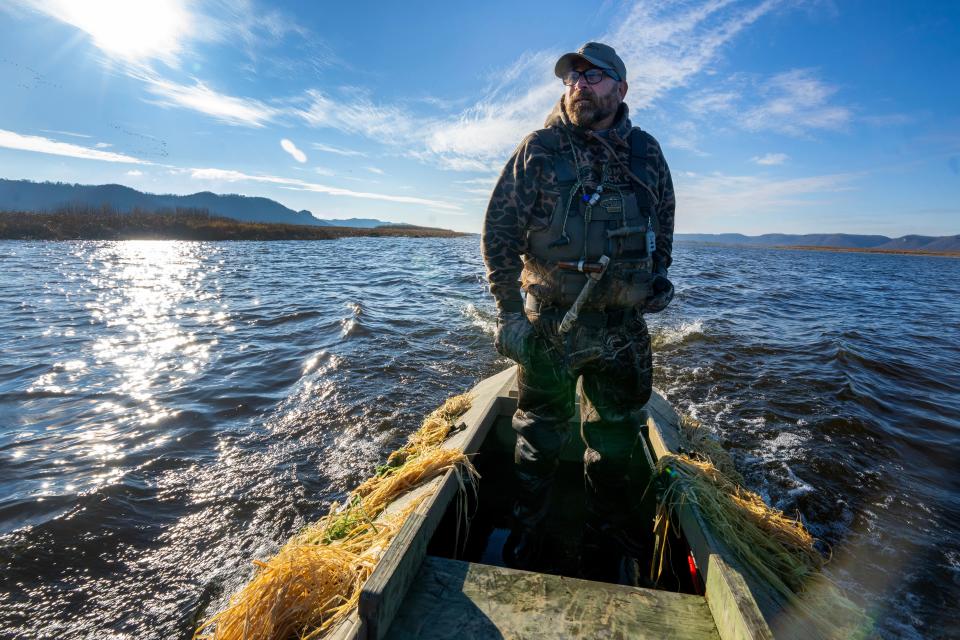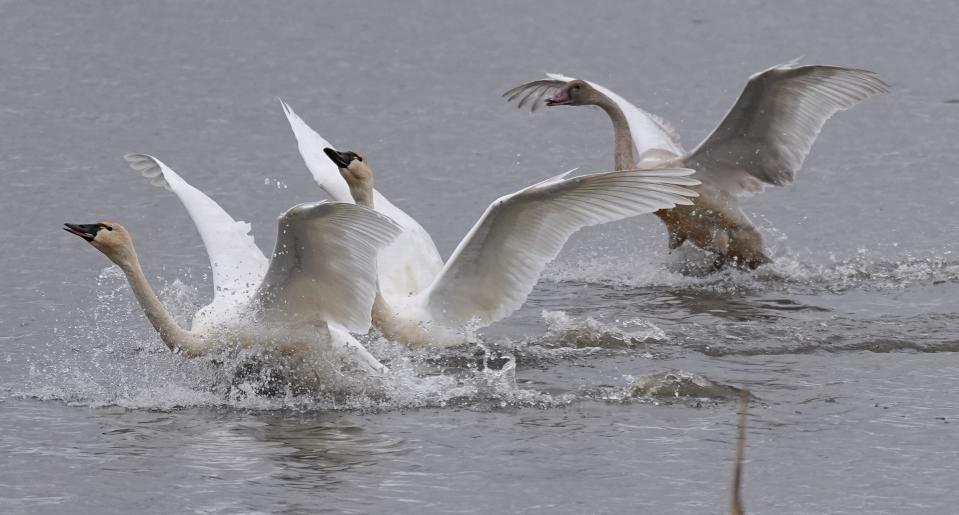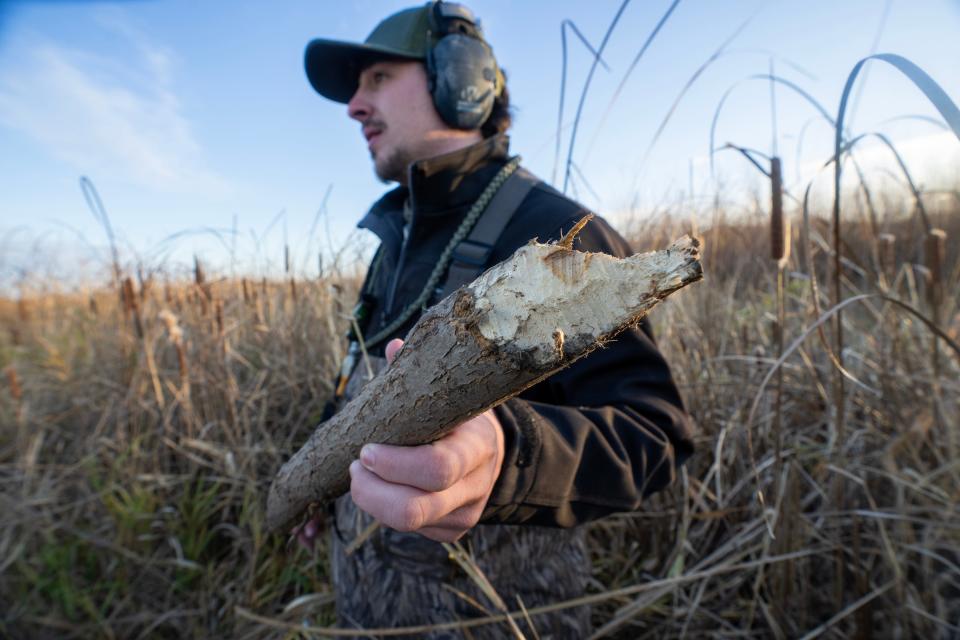Upper Mississippi national wildlife refuge, which saved the floodplain from being turned into farmland, turns 100
If you're driving south along Wisconsin's western border, you're not just driving along the Mississippi River — you're also passing by the Upper Mississippi River National Wildlife and Fish Refuge.
The refuge protects the river's floodplain and all the wildlife that live within it. More than 3.7 million people visit each year to hunt, fish and otherwise enjoy the area's tranquil backwaters, marshes and forests.
The Upper Mississippi River National Wildlife and Fish Refuge is the longest contiguous river refuge in the continental U.S., spanning 261 river miles from Wabasha, Minnesota to Rock Island, Illinois.
This year, the refuge is turning 100. The anniversary itself is on June 7, but celebrations are starting now. Earlier this month, the state Legislature issued a special proclamation for the refuge, as did the mayors of La Crosse and Winona, Minnesota.
Refuge manager Sabrina Chandler told the Journal Sentinel she wants people to recognize that when they visit the river, they're visiting the refuge and taking advantage of a vast network of protected public lands.
More: The Mississippi River is central to America's story. Why doesn't it get more love?
"This isn't just a party or a celebration for us. It's intentional," Chandler said. "We want to focus on where we're headed from here."
What is the Upper Mississippi River National Wildlife and Fish Refuge?

The Refuge protects more than 240,000 acres of Mississippi River floodplain situated between the towering bluffs of the Driftless Region. It also has been designated as Wetland of International Importance by the Ramsar Convention, as well as a Globally Important Bird Area.
More: A Driftless Region county is aiming to be a new frontier in protecting Wisconsin's darkest skies
The refuge is managed by the U.S. Fish and Wildlife Service. Some of its land is owned by the U.S. Army Corps of Engineers. Both agencies, and many others, work on habitat restoration and wildlife protection projects for the area.
Why was it created?
In 1923, avid fisherman Will Dilg learned of a plan to drain the Mississippi River's backwater sloughs near Lansing, Iowa, to turn into farmland.
Dilg, who was deeply interested in conservation and was the first president of the Izaak Walton League of America, launched an ambitious plan to turn a long stretch of the river into a federal refuge to save it from development.
One year later, Congress passed the Upper Mississippi River Wild Life and Fish Refuge Act, which authorized the acquisition of the land.

Today, the land's refuge status differentiates it from what things look like downriver. As the Mississippi bisects the lower portions of Iowa, Illinois and Missouri, it's constrained by levees to protect high-production farmland nearby. And much of the lower Mississippi is heavily industrialized — between Baton Rouge and New Orleans, for example, oil, gas and chemical plants line the river. Environmental advocates call it Cancer Alley because of the increased risks of the disease posed by toxic air pollution.
How many birds, fish and other wildlife use the refuge?
The refuge is home to an impressive array of fish and wildlife. Perhaps most notable are the hundreds of bald eagle pairs and the thousands of tundra swans that stop each fall on their journey from the arctic coast of Canada to Chesapeake Bay.
More than 306 types of birds migrate through the refuge, including 50% of the world's canvasback ducks. It provides habitat for 51 mammal species, 42 types of freshwater mussels and 119 species of fish.
What about humans?

The refuge is popular with hunters, fishers, paddlers and wildlife photographers. There's also a wide variety of hiking trails to take visitors through the area.
Refuge staff also host educational programs for the public about birding, plant life, Driftless Region geology and other topics.
How can I visit?
There's no fee to use the refuge. If you want more information, start at the La Crosse District Visitor Center and Office at N5727 County Rd Z in Onalaska.
If you're interested in taking part in any centennial celebrations — including canoe paddles, river cleanups, guided bird walks, art events and film festivals — visit uppermiss100.com.
Madeline Heim is a Report for America corps reporter who writes about environmental issues in the Mississippi River watershed and across Wisconsin. Contact her at 920-996-7266 or mheim@gannett.com.
This article originally appeared on Milwaukee Journal Sentinel: Upper Mississippi River wildlife refuge turns 100 this year

